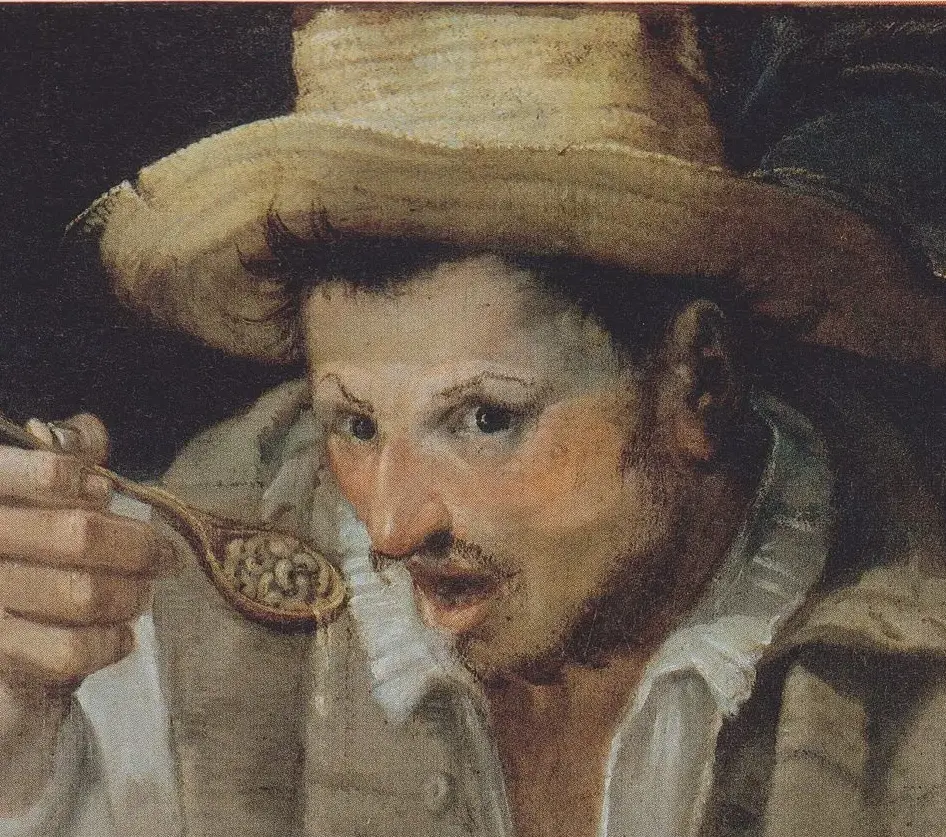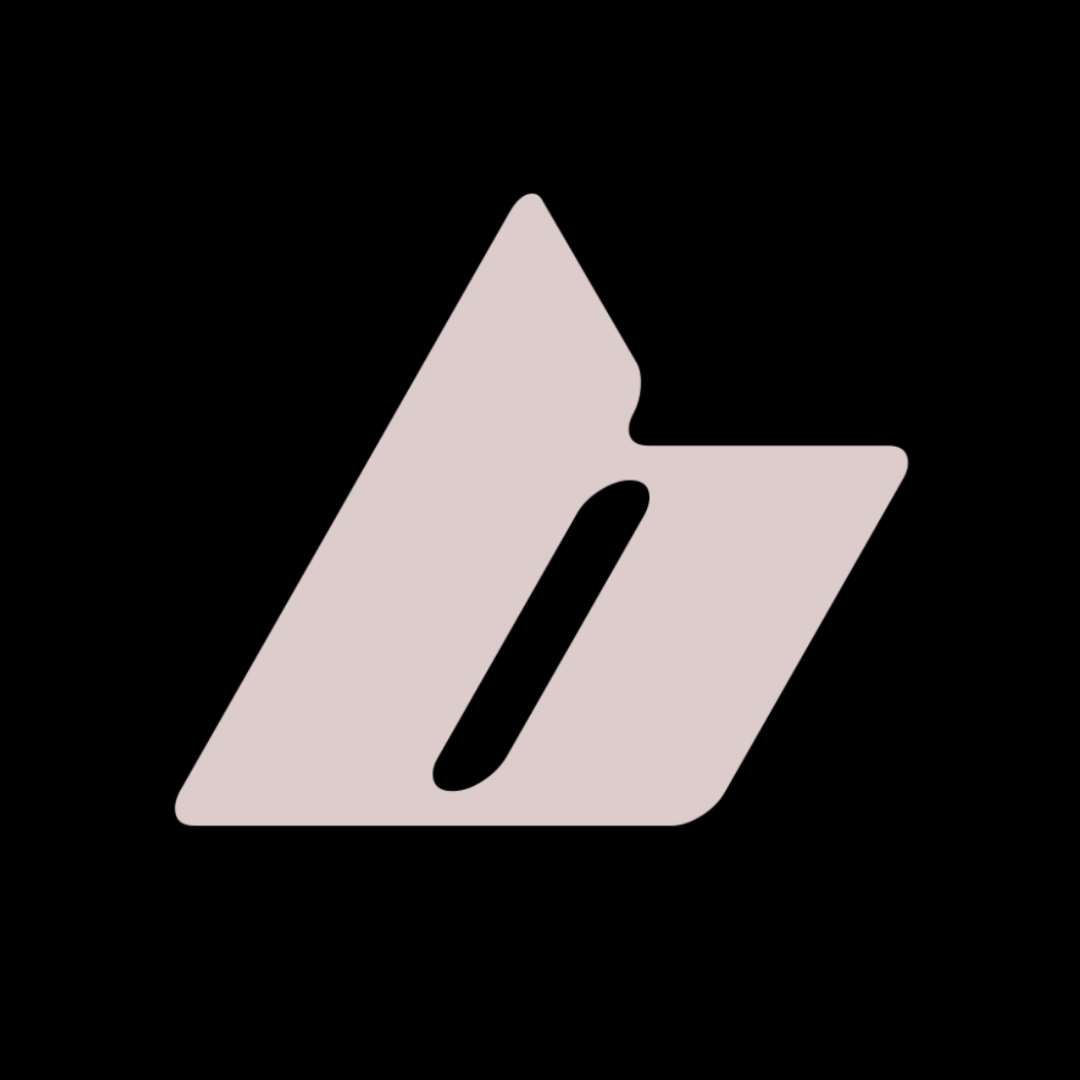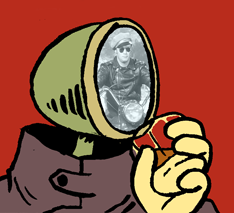Should i get a how to draw book id so which ones, or are there better ways to learn art? Also what supply do i need to draw, pen, pencil, paper, etc?
It would help if the book was cheap.
The art and science of drawing by Brent Eviston really help me. I highly recommend it.
There are so many books out there but I really like ‘Keys to Drawing’ by Bert Dodson. Start simple, you only need a pencil and something to draw on.
I did a couple days of drawbox before I got bored again, seems legit https://drawabox.com/lesson/1
or are there better ways to learn art?
Nothing is better than classes where someone will give you personalised advice, corrections, and assignments. IMO books are a supplementary resource.
Definitely not cheap though, and definitely not required if you want to do it as a hobby.
Depends on exactly how far into the ‘beginner’s’ category a person is, but Ed Emberley’s how-to bibliography is a good place to start for an absolute beginner, as in that person has never drawn anything before and is just picking up the hobby for the first time, for example, or at least that’s what I’ve heard anyways.
For going more advanced than ‘absolute beginner,’ others have made some good recommendations on this thread as well.
The Natural Way To Draw by Kimon Nicolaides. You should be able to find a copy online for free.
I’ll give you some suggestions you can download for free from the internet archive
As others have said, The natural way to draw is an excellent book https://archive.org/details/naturalwaytodraw0000kimo_q8c1
Andrew Loomis has a lot of great books.
https://archive.org/search?query=andrew+loomis
Personally I recommend Fun with a pencil. https://archive.org/details/andrewloomisfunwithapencil1 You can start from cero with that one.
He is good for anatomy and portaitureAnatomy for the artist by Sarah Simblet This book has great photos, even to just flip through
https://archive.org/details/anatomy-for-the-artist
This next book I haven’t read myself but is a very important topic!! Some people are scared of perspective because it looks very technical, but it’s not hard at all. You definitely should get comfortable with it!
https://archive.org/details/PerspectiveMadeEasy
Color and light by James Gourney This one is more about painting, but these are concepts that you should get familiar with early on, and some people neglect.
https://archive.org/details/color-and-light-james-gurney-english
Now for video:
The Proko channel on youtube has great tutorials on anatomy as well, I used those a lot arround 2014? So I would look through their archive.
For figure drawing sessions
The Croquis café https://croquis.cafe/ Has a huge archive of natural figure drawing videos and photos, you have to pay a subscription to access but it’s so worth it! They have a free section as well if I remember correctly
Edit:
For materials, start simple: pencil and paper. A cheap sketchbook of just printer paper will do. Whatever you have arround .
And just draw draw draw every day! a little every day will do wonders for you. Don’t be precious with your drawings, and learn to let go of your mistakes and your successes as well.
Check the different resouces and see what clicks for you. Art requires you to pay attention to a lot of stuff, but don’t get overwhelmed. Ask for advice, look for drawing groups/ buddies. Have fun with it.
I absolutely love Drawing on the right side of the brain!
Word to the wise, unless you need it to be a physical book, get your stuff from Anna’s Archive if money is an issue right now. You can go and support the authors and artists you love when things are better for you.
Further note - look for a book that teaches the fundamentals of sketching. You want to start right, and learn about lines, construction of forms, anatomy (if you’re interested in figures), and real basic stuff like colour. Maybe even a textbook.




